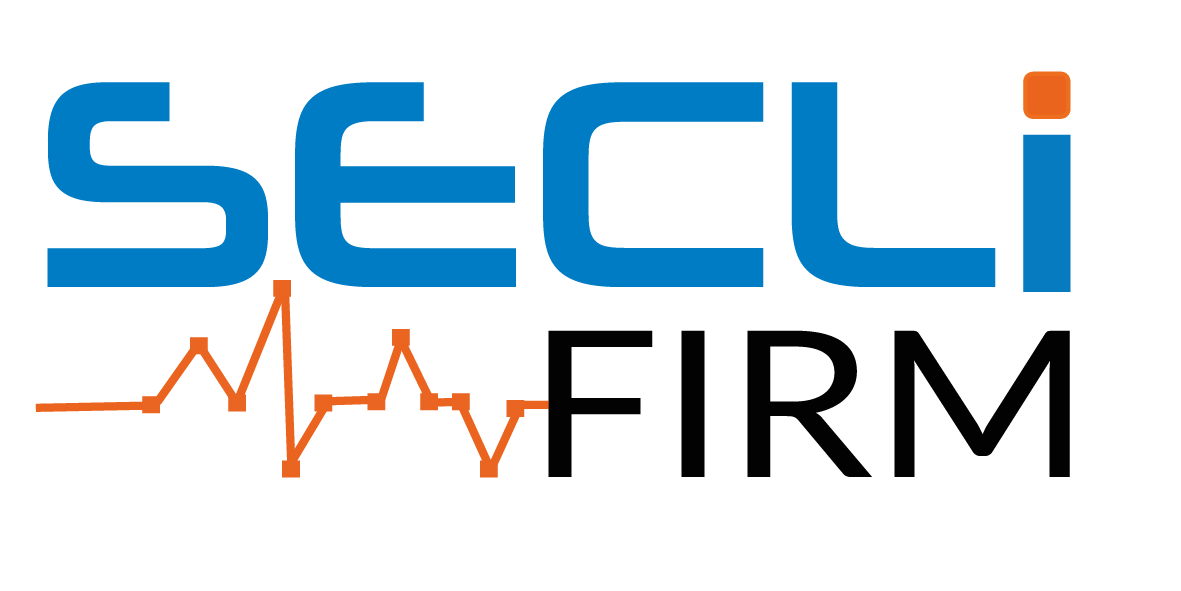SECLI-FIRM Trial Forecasts add support to North Sea Rig Move
A real situation to test the value of the SECLI-FIRM trial forecast developed for the marine energy sector was an exciting next step for the team involved in one of nine EU H2020 project case studies.
At the beginning of the year, scientific partner, the Met Office, used the trial forecasts to add value to identifying a calm weather window, two weeks ahead, to facilitate a short rig move in the North Sea for industry partner Shell, their first real-time application of the forecasts.
The main objective of this SECLI-FIRM case study, number seven of nine, is to illustrate the application of long-range forecast data (longer than typically used by the offshore oil and gas industry) to identify calm weather windows in autumn and spring months, facilitating earlier decision-making and reduced operational costs for the marine energy sector. At present, the application of the latest weather science developments by the industry is traditionally very conservative, with limited use of fortnightly, monthly and sub-seasonal forecasts.
Enhanced planning opportunities
The traditional lack of use of long-range forecast data by the offshore energy and gas sector is largely a result of limited ‘trust’ in using these types of forecasts. Particularly, as the amount of uncertainty in forecasts increases at longer range making it more difficult to make safety-critical decisions for what can be a hazardous working environment. As a result, users in these sectors expend considerable engineering effort to ensure that activities are as modular and as short as possible which allows the final approval to go ahead (or to postpone) with planned operations to be decided as the event approaches.
However, there is a growing appreciation from some operators, such as Shell, of the opportunities associated with using these new types of products which make long-range data more usable for enhanced planning purposes. The enduring challenge of forecasting on these timescales is the user knowing when the drivers of predictability (which are dependent both on time of year and situation) are such that a reliable forecast signal can be detected, and a robust decision made.
The rig move
Leading up to the short rig move, from one location to another, which Shell was working towards, operational meteorologists from the Met Office were able to provide support through a written briefing which accompanied the SECLI-FIRM trial forecast service. This briefing provided more context into the global atmospheric circulation set up and what drivers would be affecting the weather in the region surrounding the UK and how this might impact forecast confidence. This was shared with the MetOcean Engineer at Shell and subsequently shared internally with logistics planners and aviation teams, to demonstrate the concept. While not applied for the rig move, which was driven by other operational constraints, this time, it was generally accepted as useful additional data.
Teamwork
One of the most significant outcomes, since beginning the trial forecast service in September 2020, is the demonstration of value in continued, close engagement between the Met Office scientists and industry partner Shell, which has resulted in several iterative improvements to the work undertaken.
What’s next?
The opportunity to test the added value of the SECLI-FIRM forecast, and potentially improve the efficiency of operations, in a real setting would need to be conducted at least two times further to achieve more confidence. The next trial opportunity for this project case study could be late Spring 2021.
Join us
To find out more about the SECLI-FIRM project, how the trial forecasts have been progressed and the decision-making processes developed, join our 5th and final Stakeholder Workshop online on 25 May 2021.
Discover more about our Energy Logistics Case Study 7 with Shell and the Met Office here and watch our 90-second video introduction




